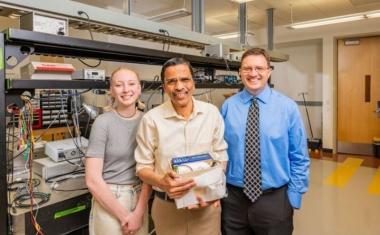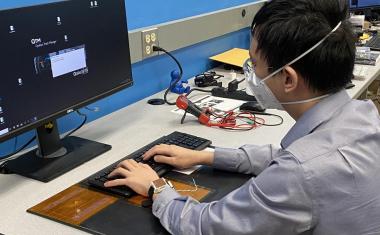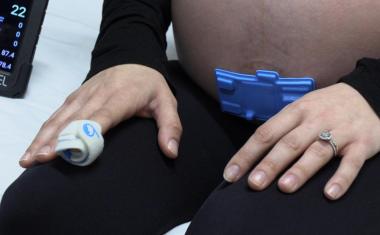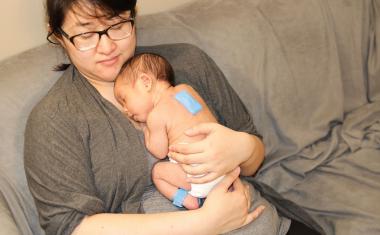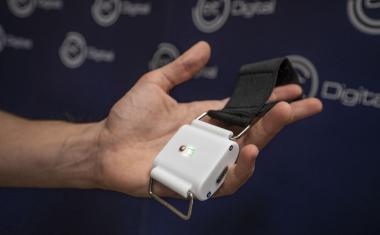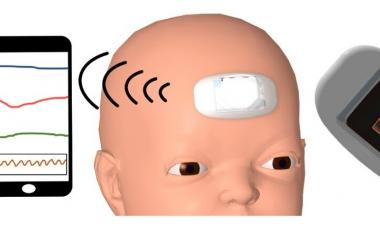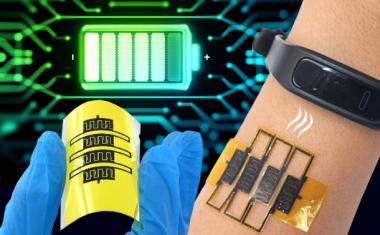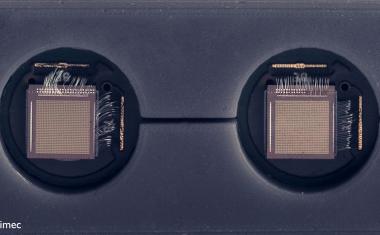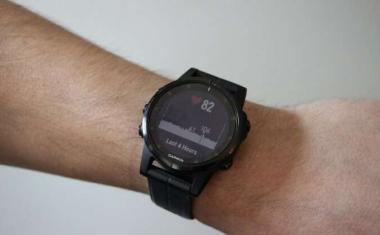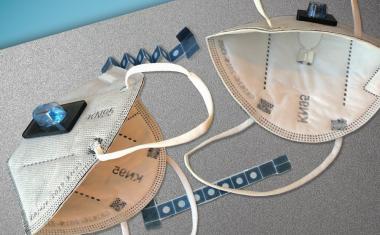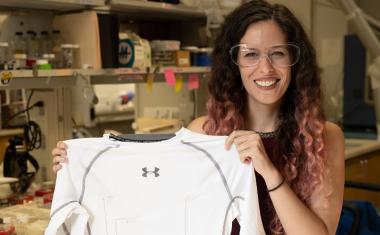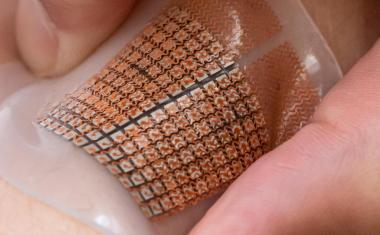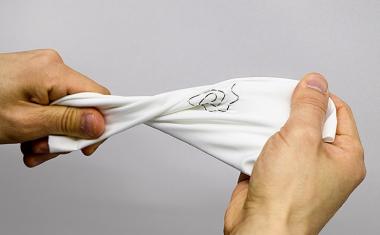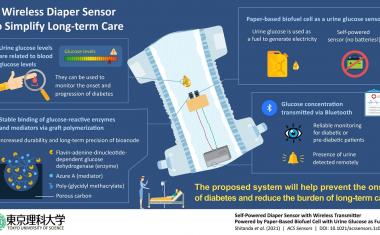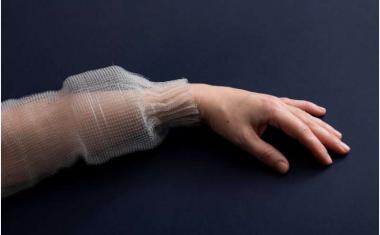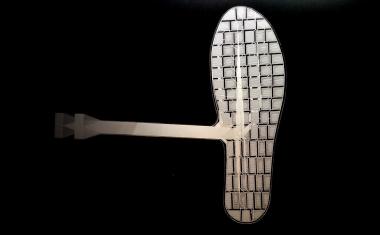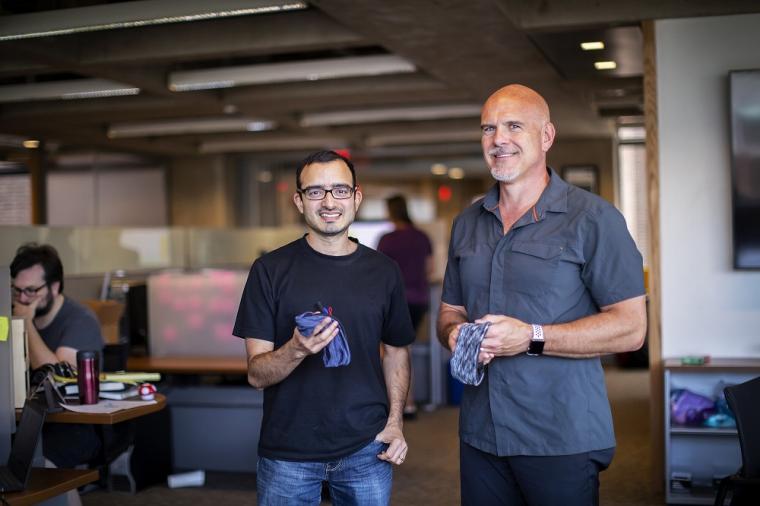
A wearable device for brain monitoring
Researchers have created a wearable technology that monitors brain activity and sends back data without benching a player or asking a trucker to pull over.
Imagine if a coach could know which moments of competition a certain player might peak, or if a truck driver had objective data telling him his body and mind were too tired to continue driving. Traditionally, measuring alertness or mental fatigue requires interrupting a natural moment to intervene in an artificial setting. But Penn neuroscientist Michael Platt and postdoc Arjun Ramakrishnan have created a tool to use outside the lab, a wearable technology that monitors brain activity and sends back data without benching a player or asking a trucker to pull over.
The platform is akin to a Fitbit for the brain, with a set of silicon and silver nanowire sensors embedded into a head covering like a headband, helmet, or cap. The device, a portable electroencephalogram (EEG), is intentionally unobtrusive to allow for extended wear, and, on the backend, powerful algorithms decode the brain signals the sensors collect. Though it’s still in the early stages, the technology has potential applications from health care to sports performance and customer engagement. “This all grew out of our desire as a group—and my strong conviction—to get neuroscience out of the lab and into the hands of people who could use it to reach their full potential,” says Platt, a Penn Integrates Knowledge Professor with appointments in the School of Arts and Sciences, Perelman School of Medicine, and Wharton School. “We naively thought that we could just take advantage of current market-ready solutions that were out there.”
But the more options the team tested, the more obvious it became that nothing was quite what they wanted. Most lacked high-quality sensors overall or had sensors whose quality dropped quickly once the wearer began moving. In early 2017, they decided to build their own portable EEG, getting a boost from a National Science Foundation-funded seed grant allocated by Penn’s Singh Center for Nanotechnology.
“We struggled for six or seven months to make a working sensor,” says Ramakrishnan, who has been part of the Platt Labs for three years. “We finally had our first working prototype in December 2017.”
The successful version, designed in part by research engineer Naz Belkaya, was made of a combination of silver and a silicon-like material called polydimethylsiloxane (PDMS). Silver is flexible, sensitive, and conductive; PDMS is stretchy and can bend, properties similar to skin. Placing the PDMS on top of the silver nanowires made the product essentially antimicrobial and prevented the need to use gel to adhere it to the skin. This meant the sensors could comfortably stay in place for long periods of time.
他们觉得是一个强大的传感器技术in hand, Platt and Ramakrishnan began talking with PCI Ventures, a branch of the Penn Center for Innovation aimed at guiding University faculty through the process of starting a company. The licensing team at PCI helped them file a provisional patent for the product (originally called NanoNeuroScope), and Cogwear, LLC, was born in May 2018. In early 2019, the company hired a CEO, Patrick Wood, with the objective to figure out how to scale up production and which direction to aim first. “There are huge numbers of potential applications,” Wood says. “That’s really a wonderful starting point for a company. We have great momentum.”
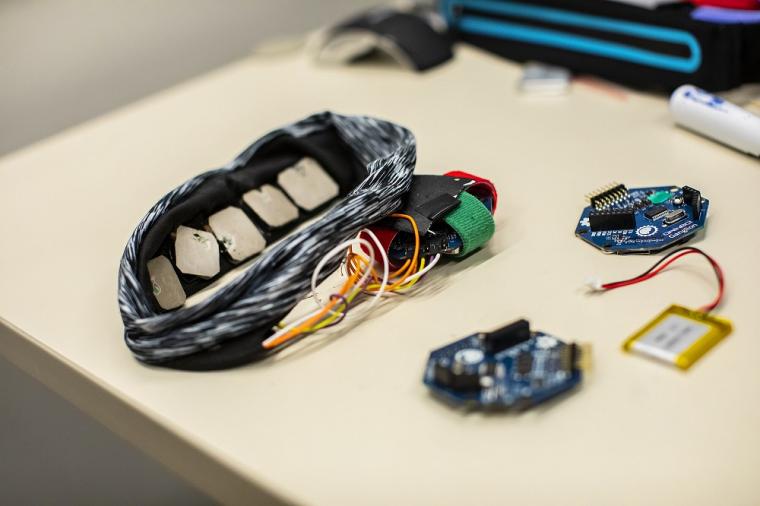
A future in healthcare
own the line, Platt and Ramakrishnan say they could see the health care industry employing this technology both for physical applications like in-home seizure monitoring for children and for mental health, to watch for changes in state of mind that might indicate anxiety or depression, for instance. “About 40% of college-going students are anxious or depressed in the U.S. This is a staggering number,” Ramakrishnan says. The challenge is that people aren’t often self-aware regarding their own mental health situation, he adds. Backed by a Brain & Behavior Research Foundation grant, the Platt Labs team is working on a take-home kit that includes games and the portable EEG, which could objectively track several days of a person’s emotional peaks and valleys. An already-completed lab component showed that Platt’s team could identify participant levels of anxiety with about 84% accuracy using novel algorithms that combined EEG-based features with heart rate variability and skin conductance.
“This is the direction in which health care is going in general,” Ramakrishnan says. “There is a lot of promise for this sort of approach.”
All of the technology applications the research team has so far tested have focused on large-scale institutional use. But eventually any individual might be able to purchase an EEG product centered on the sensor technology, an addition to the ecosystem of individualized data-collection tools like smartwatches and sleep-monitoring apps already on the market. “At its core, the advance we’re making here is the sensor technology, but in reality we leverage all the expertise we’ve developed over the last 25 years in terms of understanding and decoding brain signals,” Platt explains. “Then we can leverage those signals to make predictions about performance, user experience, customer engagement, all sorts of things. That’s the crux of actually monitoring the brain; it allows us insights into function or dysfunction that people can’t or won’t self-report.”
Source:University of Pennsylvania



